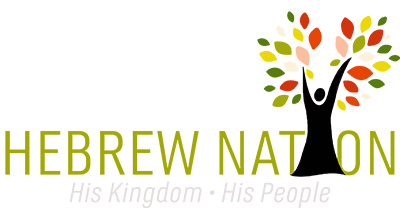This week is a bit different than normal, and not just because the word ‘normal’ no longer applies in this world. The “semi-Biblical” holiday of Purim, associated with the story in the Book of Esther is more than even just a striking parallel to current events. Which is to say it IS in Scripture, is not one of the commanded moedim of YHVH, but obviouisly still has a lot to teach us – especially “in such a time as this!”
Join Mark Call of Shabbat Shalom Mesa Fellowship as he expores why.
And what the heck is “Mordecai Derangement Syndrome,” anyway?
Parsha “Tetzaveh” (Exodus/Shemot 27:20-30:10) continues the series of detailed sets of instruction surrounding the Mishkan, or Tabernacle, in the wilderness, this time in the form of the priestly garments, and their ordination and duties. The key element seems to be that they are “for splendor and for beauty.”
The Erev Shabbat overview begins with a look at some of the news that sets up a history that more than rhymes this time:
Aaron and his sons not only wore garments of office for splendor and for beauty, but were charged with teaching their people the difference between the clean and the unclean, the “holy and profane.” We are still in exile, and most of this world still doesn’t know, or now even CARE, about that difference.
But the story of Esther tells us something more. We were supposed to “remember Amalek,” not emulate them.
The Sabbath Day teaching is about connecting dots, from priests that don’t teach as commanded, and thus don’t merit “splendor and beauty,” to why we’re STILL at war with Amalek, and what Esther taught us to do about it, and understand.
“Tetzaveh and the Continuing Lesson of Purim: Remember Amalek”
The combined two-part teaching is here:
Podcast: Play in new window | Download
Subscribe: Apple Podcasts | RSS






